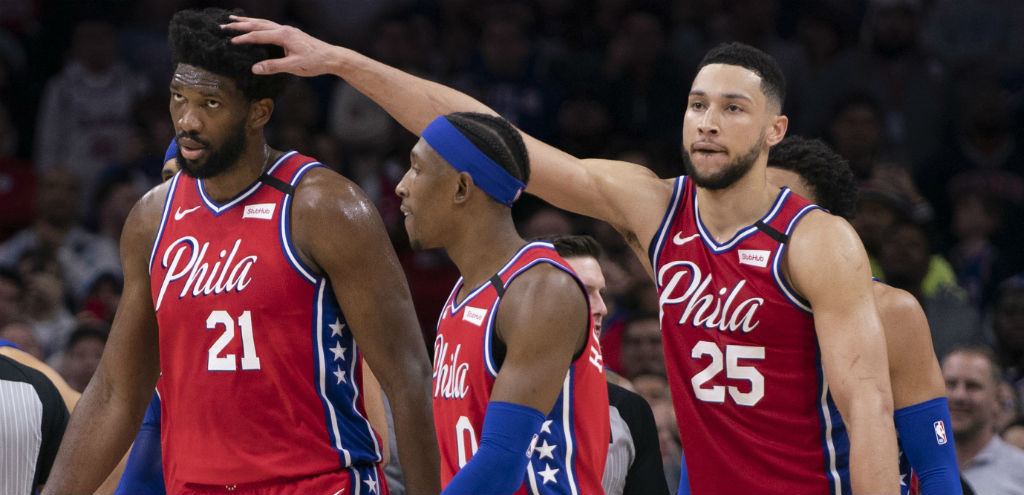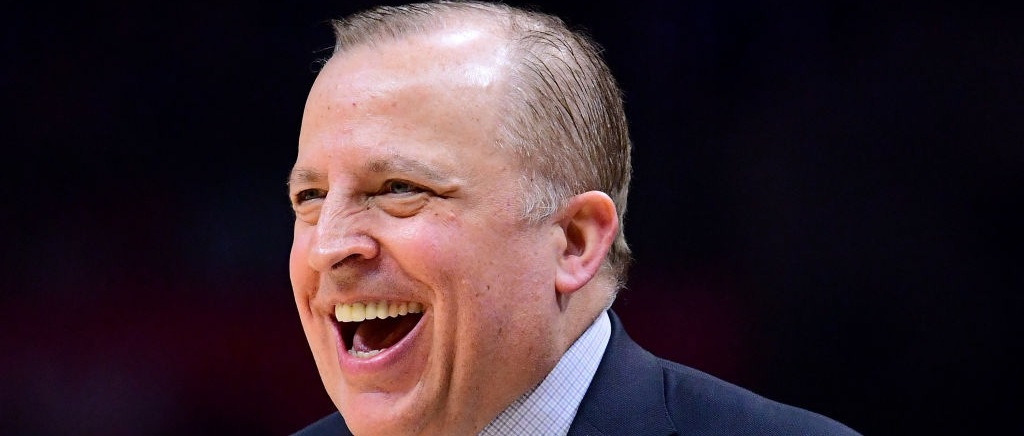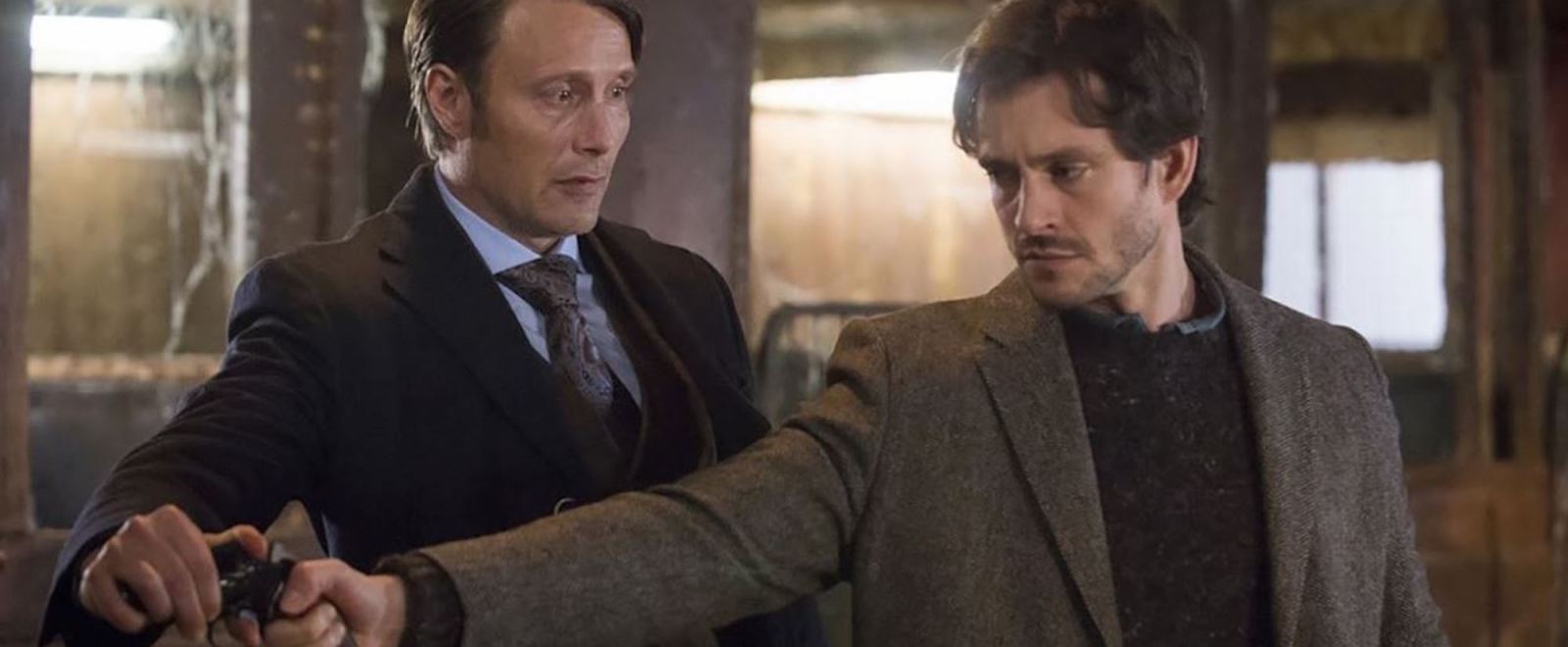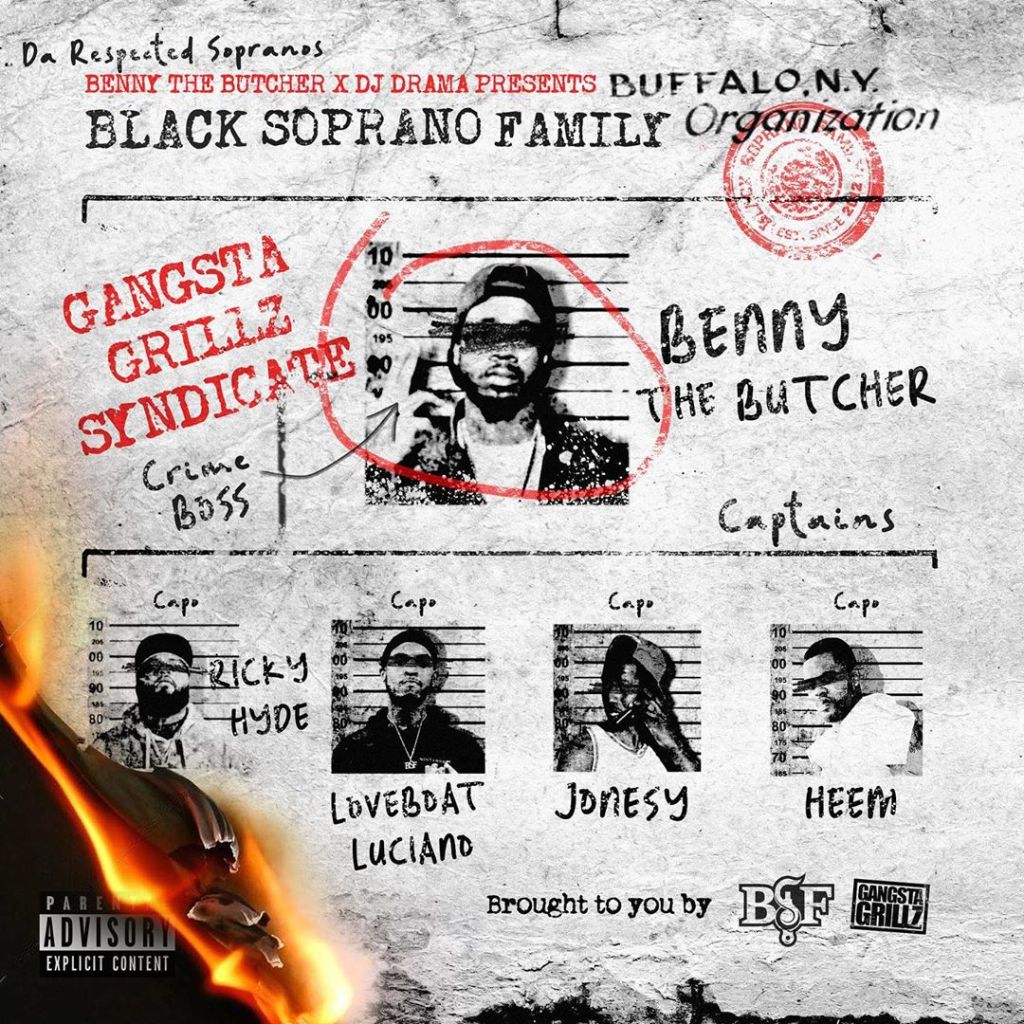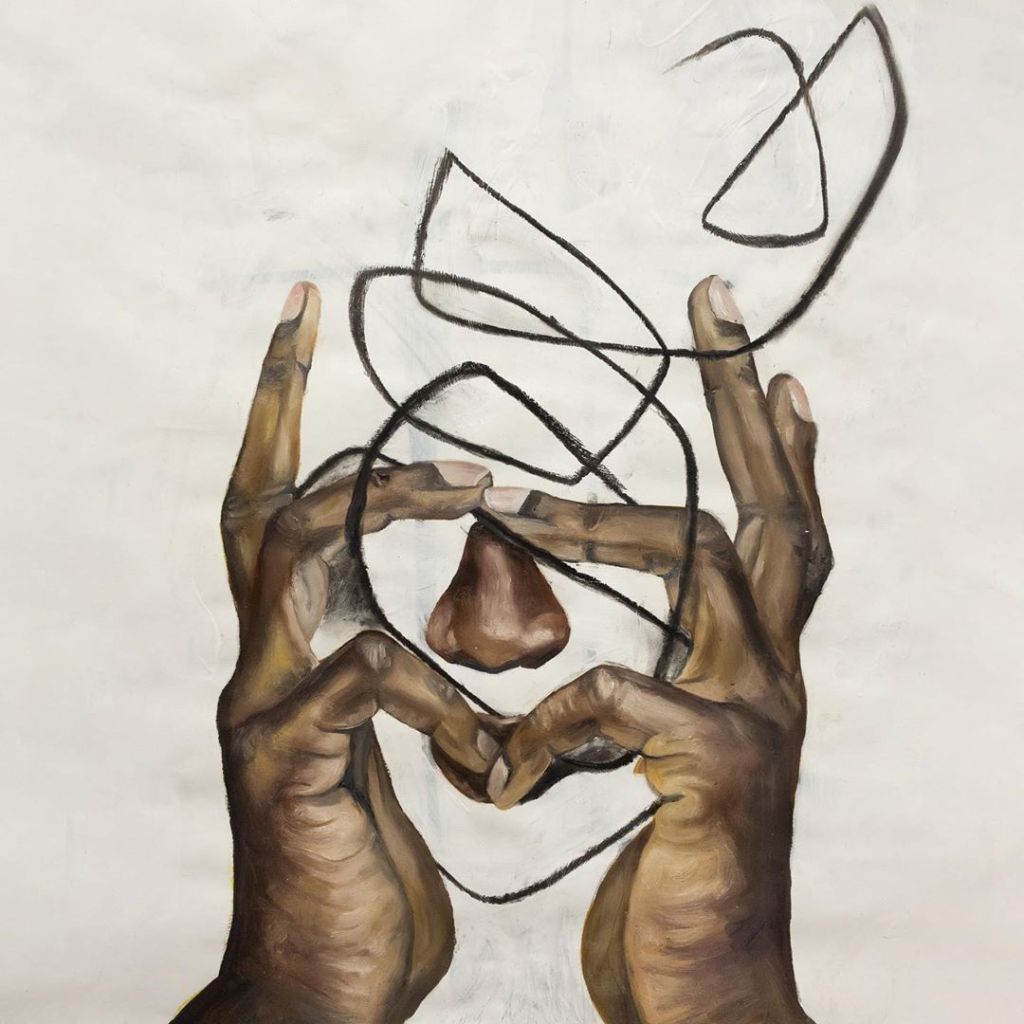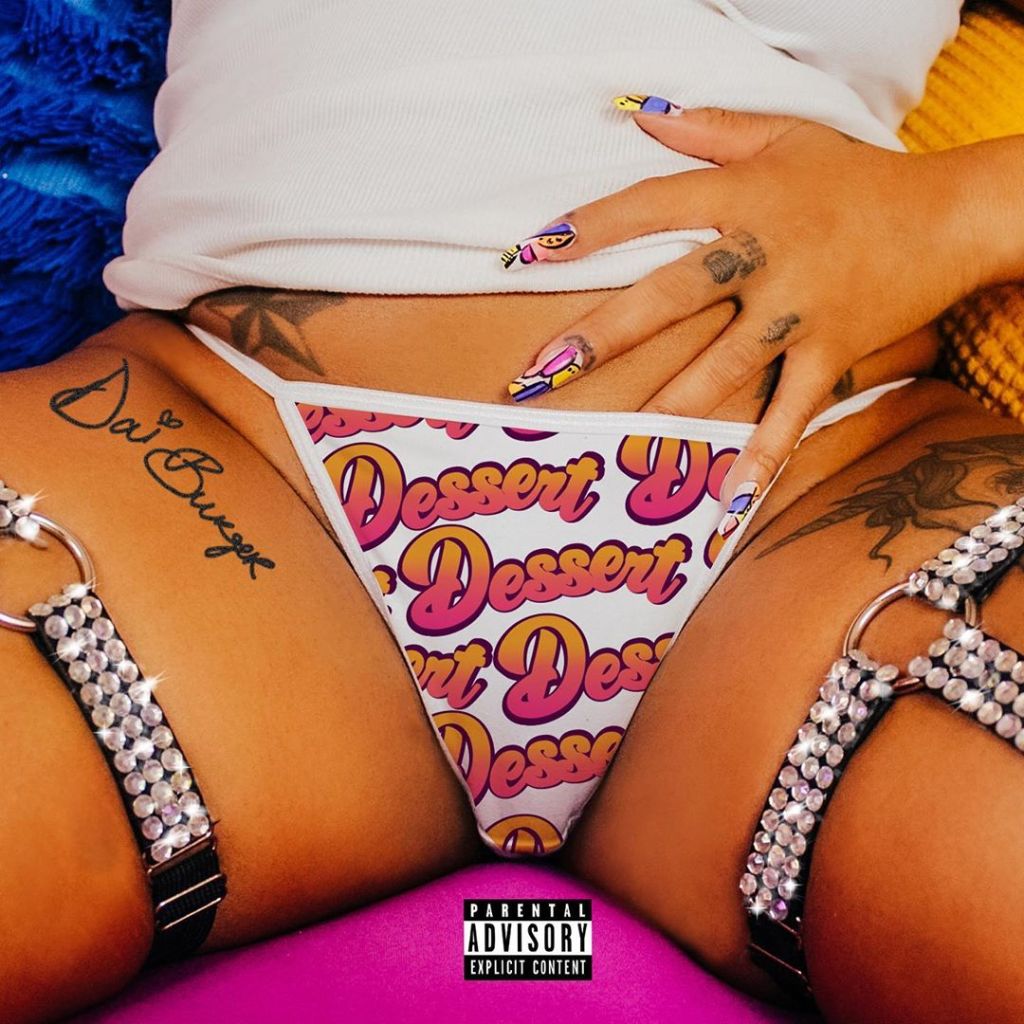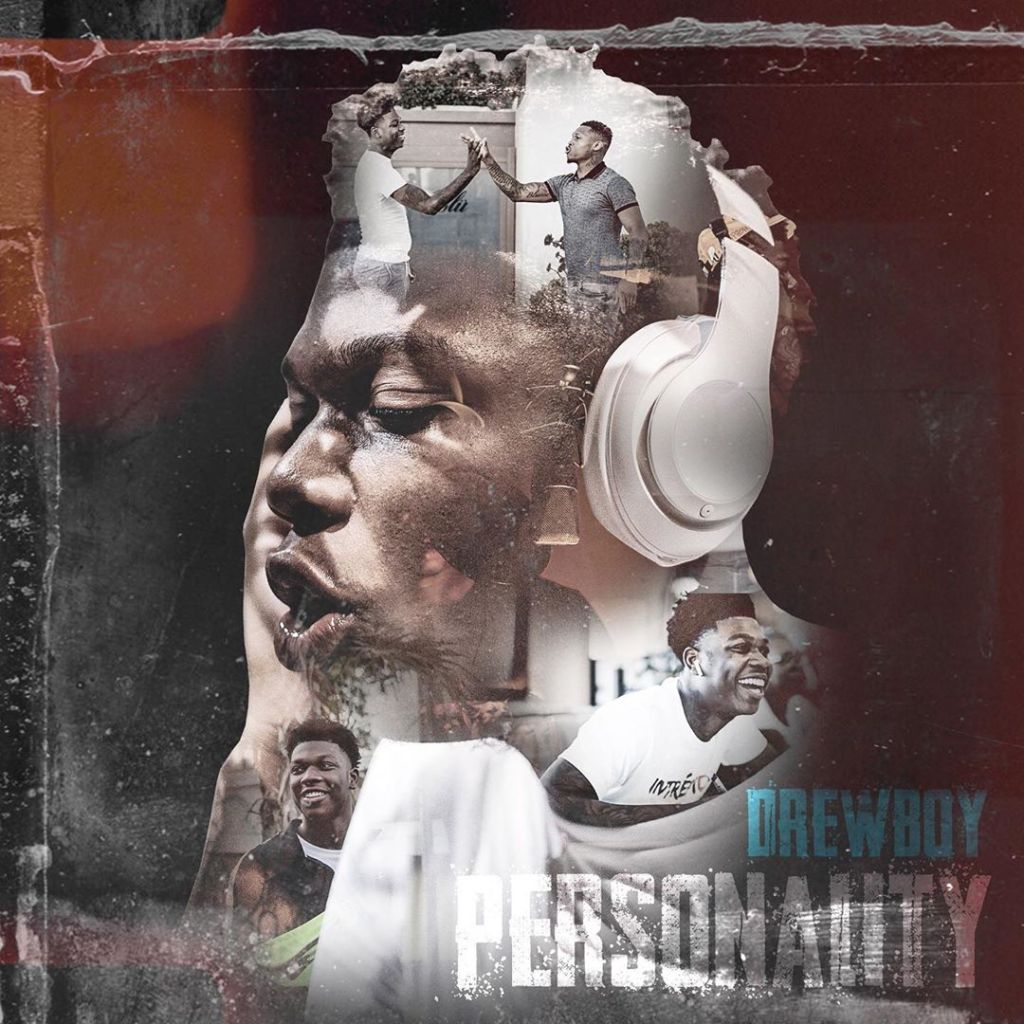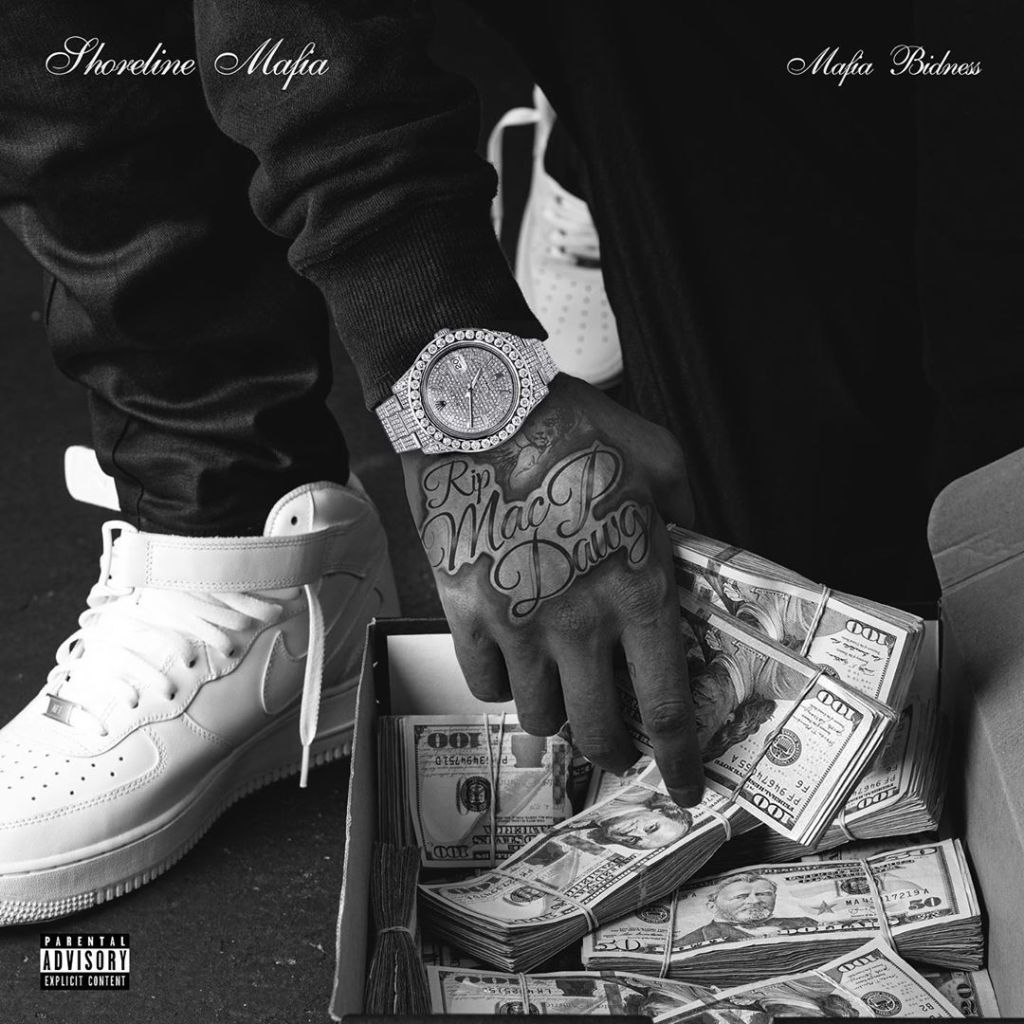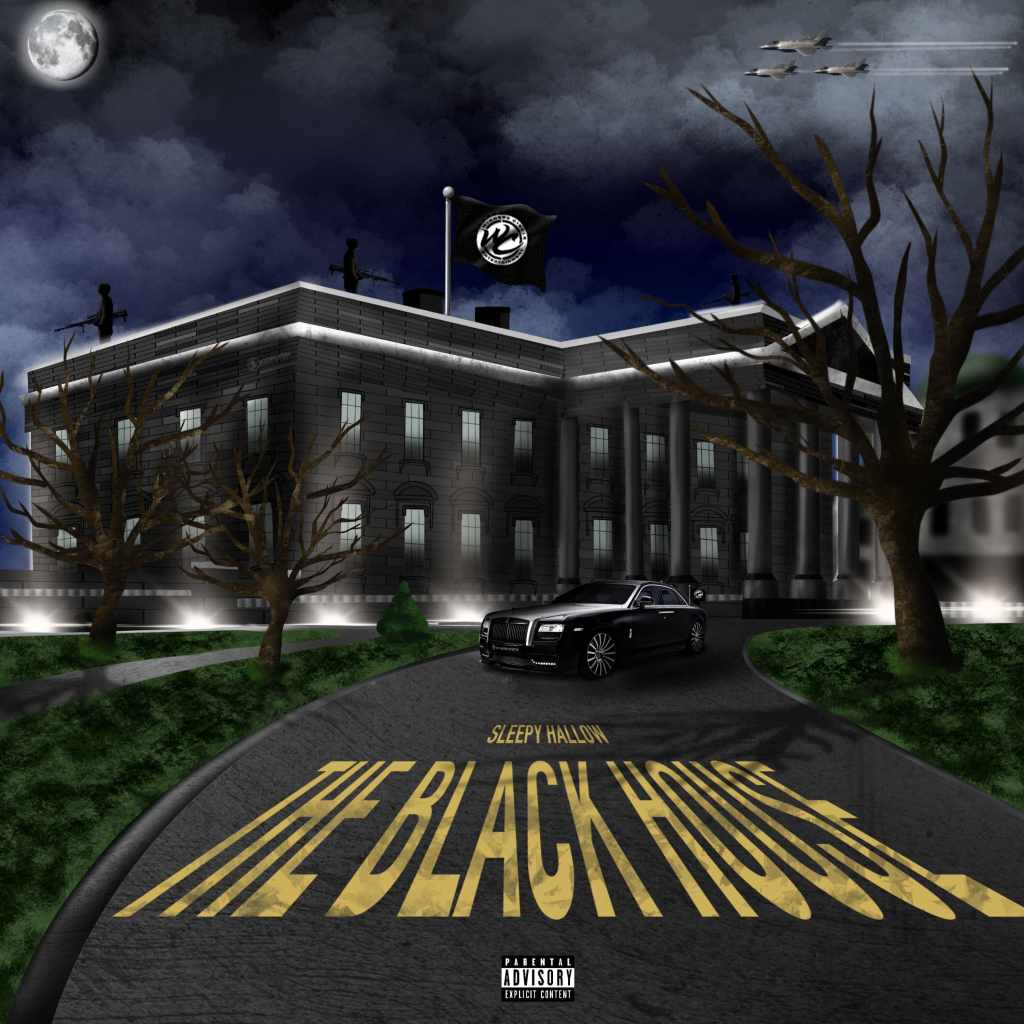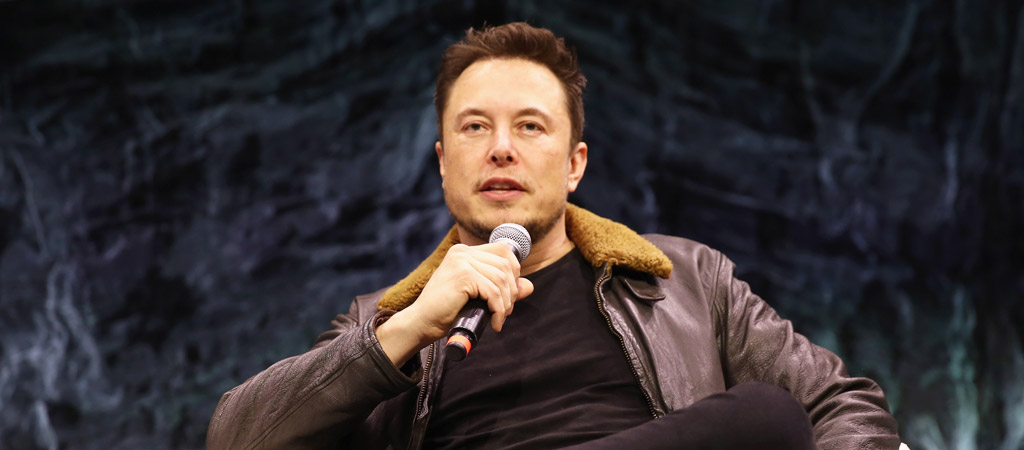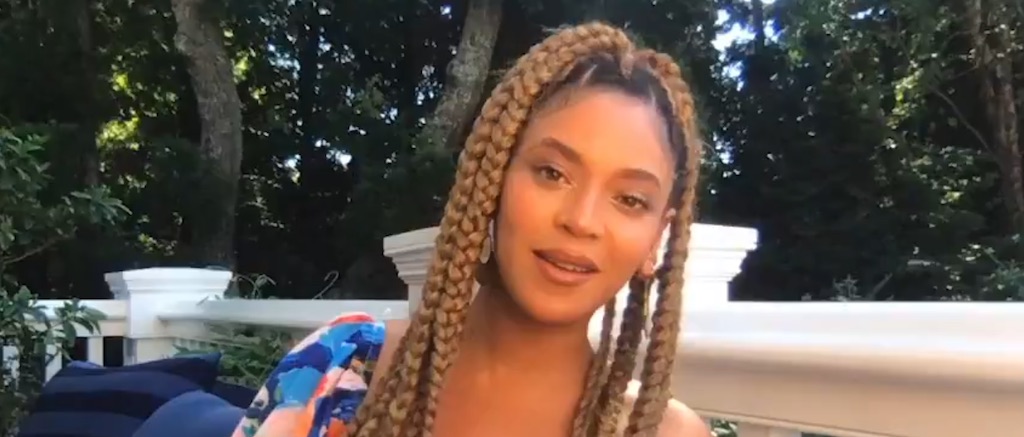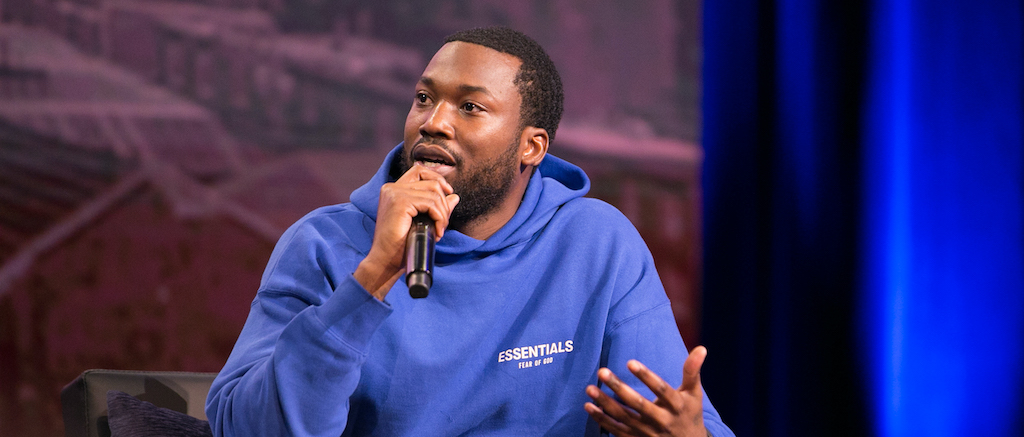
As more and more of entertainment media moved online over the past few years, some of that media’s more prominent members have increasingly run afoul of the subjects they cover thanks to social media and the like blurring the lines that once separated them. Besides foregoing some of the tenets of journalistic objectivity, many of these new media members have risen to prominence because of their relationships to the public figures they “cover.”
One example is DJ Akademiks, who is neither a DJ nor a journalist, but is one of the most popular figures for hip-hop news — for better or worse — thanks to his tendency to post inside scoops on the doings of controversial figures like his friend Tekashi 69 on Instagram, Twitter, and Twitch. However, that close connection also tends to bring him into conflict with … well, just about everyone in hip-hop. So far, he’s been threatened by members of Migos and Vic Mensa, and ruthlessly roasted by Erykah Badu in an elaborate flame that built up for most of an entire episode of Complex’s Everyday Struggle, on which Akademiks is a co-host.
Add to that list Philadelphia rapper Meek Mill, who has carried a longstanding feud with Tekashi 69 that has spilled over to include adjacent figures like Nicki Minaj and Akademiks. When Meek demanded for Akademiks to stop posting about him on Instagram, Akademiks instead needled him by posting him yet again with a snide reply.
Akademiks also referred to Meek as a “hypocrite” for his anti-snitch crusade against Tekashi, saying, “Just remember that Meek Mill is nothing but a hypocrite. I don’t know if you have issues with 6ix9ine, you clearly don’t wanna address it. You got issues with Nicki’s man, you don’t wanna address him. You got issues with Nicki, you don’t wanna address that. Cool, I get it. Ak is supposed to be the dude who you can get everything off on. I’m just trying to tell you that I’m just not into being bullied.”
However, for all that tough talk, Akademiks seems to genuinely be worried about retaliation from Meek, as he revealed during a recent livestream with Tekashi that he heard Meek Mill had put a “green light” on him — essentially ordering associates in the street to attack Akademiks on sight — and he immediately contacted the authorities.
DJ Akademiks says went straight to the police after Meek Mill allegedly threatened him online.
— rap favorites (@rapfavs) July 28, 2020
Given Tekashi’s own propensity for inciting animosity and then turning tail to avoid consequences, it seems Akademiks may be letting the celebrity of his position go to his head. Meanwhile, Meek Mill seems disinterested in addressing Akademiks any further; he hasn’t commented about the video as yet, instead focusing his attention on recently restarted NBA season.
Meek Mill is a Warner Music artist. Uproxx is an independent subsidiary of Warner Music Group.

